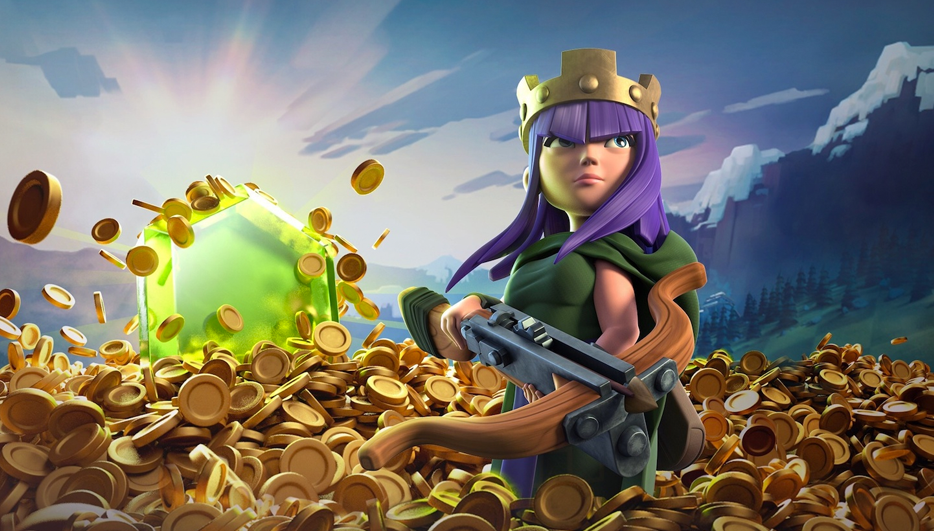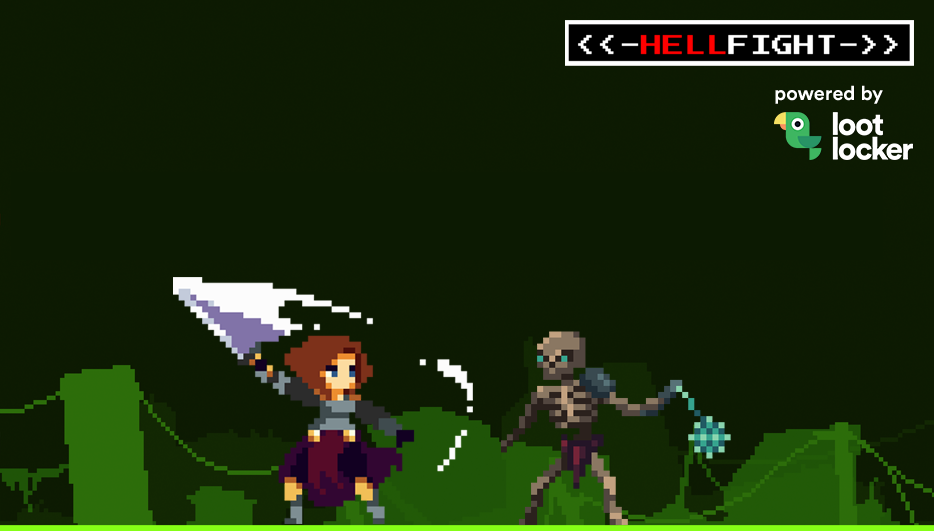How to Monetize Your Game with a Backend (Part 1)

- Intro
- But first, what exactly is a backend?
- What kinds of monetization can exist within a backend?
- But why do backends matter here?
Monetizing your games in the most suitable way possible can bring a game studio a myriad of gains.
It lets you grow your business, build out IP into a series, elevate the potential of your team, and keep you making more games. Today’s studios are somewhat spoiled for choice when it comes to how they make money. Whether you’re using in-app purchases, subscriptions, DLC or something else entirely, there are a wealth of options. Picking the right one for your game and audience is key here.
What you might not expect, however, is how important your backend is to your monetization strategy. Here at LootLocker, building backends that empower developers is at the core of our business. That’s given us a wealth of understanding around the relationship between backends and monetization — some lessons we can’t wait to fill you in on.
We have a lot to cover here. So we’ve split this up into two blog posts. Here’s the first part of how you can monetize your game with your backend.
But first, what exactly is a backend?
Backends offer a means to implement and manage the online systems that sit behind your game to keep it alive. They exist to deliver quality multiplayer functionality, social and community activity, leaderboards, achievements, updates, the hosting of in-game events, monetization, and maintenance procedures. Equally, backends can help you optimize your development workflows as you integrate those connected elements into your game. You can learn more about the fundamentals of backends – and backends-as-a-service (BaaS) – in my earlier blog post.
What kinds of monetization can exist within a backend?
A BaaS in particular handles the vast majority of the practicalities of monetizing your game; something we’ll explore below. But first let’s consider the key monetization methods that are ultimately managed in the backend. Just remember that you very likely won’t need (or want) to use all of these in one game. It’s not about cramming your creation with every monetization model possible, but rather picking the one that works best for your game, goals, and most importantly, your audience.

Hard and soft currencies
In-game currencies can take any form: gems, coins, tokens – even cat treats or space rocks if that suits the theme you’re working on. However, they in effect replicate real world monetary currencies at a fundamental level. They can be spent on items, content or services with a game. So in a game, a player might use currencies to acquire cosmetic items, temporary power-ups, or extra time and lives.
Hard currencies can essentially be bought directly with real money. A player may spend £1 on ten gems, as a hypothetical example. Soft currencies, meanwhile, are earned in game through gameplay and progress, or sometimes by trading in hard currencies. Many successful free-to-play games have a blend of soft and hard currencies that interplay with one another to let the player open up the game in various ways.
Cosmetics
Selling cosmetic items ultimately means providing players with a way to express individuality. Cosmetics are usually clothing, accessories or other adornments for player avatars and their gear. Commonly players can earn basic cosmetics through gameplay, while special and limited versions are sold for hard currency – or soft currencies earned by spending hard currencies. As in reality, players are often motivated to assert their status and experience within online multiplayer games, so consider making cosmetics available that reflect certain in-game accomplishments.
Loot Boxes
Loot boxes let players purchase a selection of items revealed after purchase; akin to a ‘lucky dip’. They have been used in unscrupulous ways by some companies to the point of inspiring efforts by various states to classify them as gambling. Loot boxes can be very poorly implemented – but consider that responsible ‘blind buy’ monetization models can still be possible. There is nothing more exciting than opening up a loot box to find a rare cosmetic!
Upgrades
In most cases upgrades to the likes of player abilities and weaponry should be possible to earn through gameplay (perhaps by earning soft currency). However, some players may want to bypass the process. As such, you can offer upgrades for sale via hard currencies (or making required soft currencies purchasable with hard currencies). Do consider, though, that many players may be churned out of playing your game if they feel that they are obliged to pay to progress, or simply to have a fighting chance.
Season Passes and Battle Passes
Particularly popular in shooters such as Fortnite, season and battle passes provide something comparable to an opt-in subscription over a set limited time period, granting players access to special events, extras, items, cosmetics and other unlockables for a specific duration.
Subscriptions
Models that let you pay a monthly or equivalent fee in place of an upfront cost were historically popular with MMOs. But as more genres have become online entities – and with services such as Netflix and Amazon prime normalising subscriptions in the mainstream – many games now offer subscriptions. Late last year, for example, Fortnite even began a pivot to a subscription model.
Opt-in Events
Here players can pay to access a one-off or limited series of events – much like live sports’ long established ‘pay-per-view’ model. As with season and battle passes, in the case of opt-in events special rewards and unlocks are often made available.
DLC
DLC – or ‘downloadable content’ – offers one of the founding forms of monetization for connected games. In most cases it refers to the purchase of additional content for a game – such as additional levels, modes or player characters. It is less commonly used to cover the purchases of more significant in-game items; perhaps additional vehicles in a racing game.

But why do backends matter here?
Essentially a backend – and particularly a BaaS – provides the ecosystem that lets your monetization both function and thrive. At Lootlocker, we’ve made sure to make the options above available to developers in a way that is straightforward to manage, efficient, and impactful with regard to your studio’s revenues.
That’s it for today’s piece. In part 2, we’ll chat more specifically about payment systems, security, and how to do your monetization right. And, if you have any burning questions for now, then get in touch with us here. We’ll love to have a chat.
This was originally posted on the GameAnalytics Blog
Hero image by Supercell